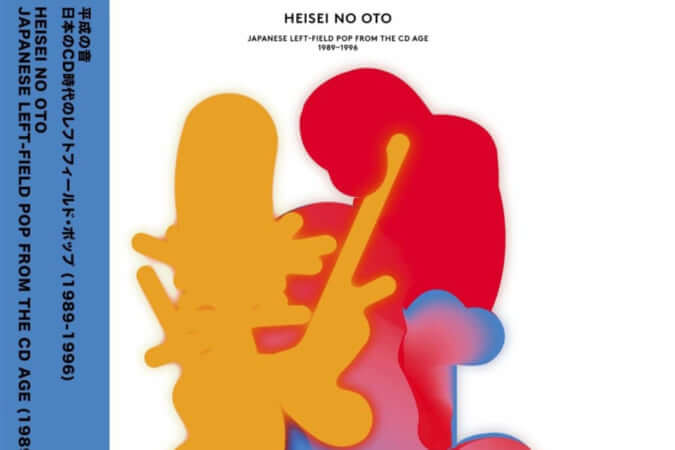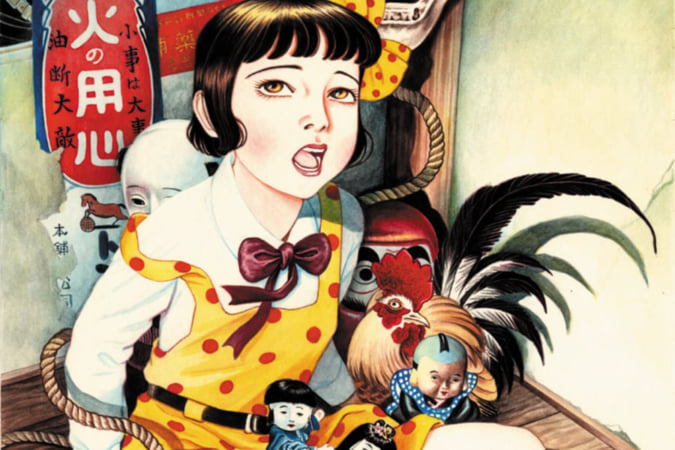Marufukuro, a Hotel Designed by Tadao Ando in Nintendo’s Former Headquarters
The company's historic headquarters have been restored and transformed into an upmarket hotel in the heart of Kyoto.
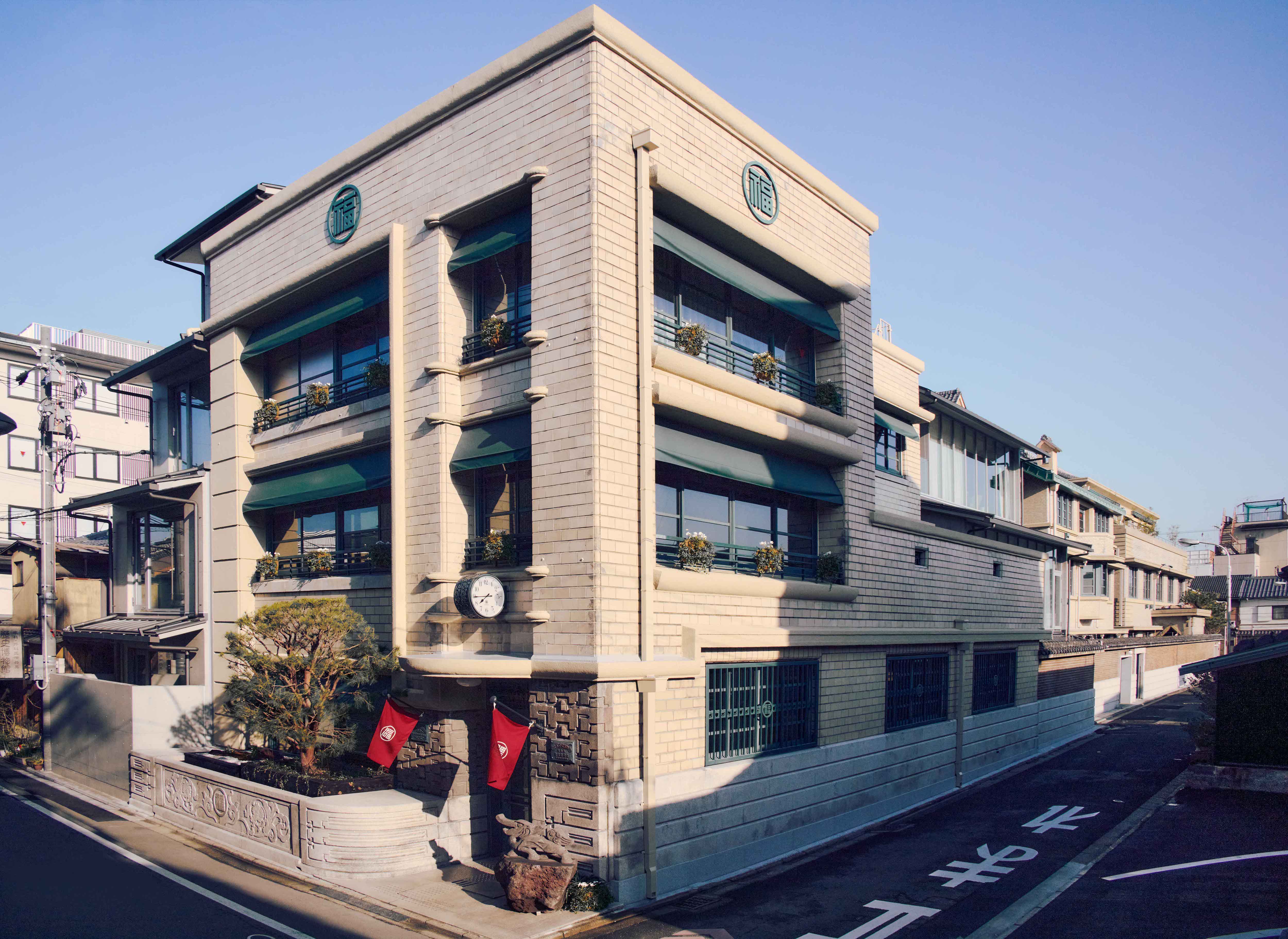
© Marufukuro
In 1889, Fusajiro Yamauchi founded Nintendo in Kagiyacho, Kyoto. In 2022, the company’s historic headquarters were restored and transformed into a brand new hotel named Marufukuro.
Before it became one of the biggest video games companies in the world, Nintendo made hanafuda cards, a traditional type of Japanese playing cards. Despite these humble beginnings, the company moved to new premises in 1933. It was during this period that Sekiryo Yamauchi, who adopted his father-in-law’s surname to become the second president of Nintendo, had a new building built especially for the company, near to the original hanafuda shop.
He founded a new company named Marufuku, the logo of which represents the kanji for fuku (luck) surrounded by a circle, and continued to expand sales of hanafuda and other types of cards that Nintendo made. By 1959, the company had become too large for this building, so it moved to bigger premises, still in Kyoto. The former headquarters lay vacant for decades until its recent restoration.
‘A majestic ambiance from a bygone era combined with a modern approach’
Renowned Japanese architect Tadao Ando, winner of the Pritzker Prize (considered as the Nobel Prize for architecture), supervised the development of the hotel and the addition of a new annexe, in collaboration with Tokyo company Plan Do See that specialises in renovation. The interior of the building has been modernised, while the exterior retains the nostalgic, timeless aesthetic of the early Showa era. Numerous architectural details dating from the 1930s and original equipment have been retained, like the fireplace, the green tiled roof and the original plaque from the Nintendo headquarters. Certain motifs from the first playing cards made by the company can also be found in the art deco style window bars.
Named after the Marufuku company, with the Japanese suffix ro added to denote a luxury building, the hotel comprises eighteen rooms split between the old building and the new annexe, which houses more modern rooms. The Marufukuro also has a bar and a restaurant, in which breakfast and dinner are served by chef Ai Hosokawa.
With its ideal location in the heart of Kyoto, between the Takase and Kamo Rivers, the Marufukuro hotel invites its guests to enjoy a period of tranquillity in peaceful spaces, far from the hustle and bustle of the city and in a building steeped in charm and history.
More information can be found on the Marufukoro hotel’s official website.
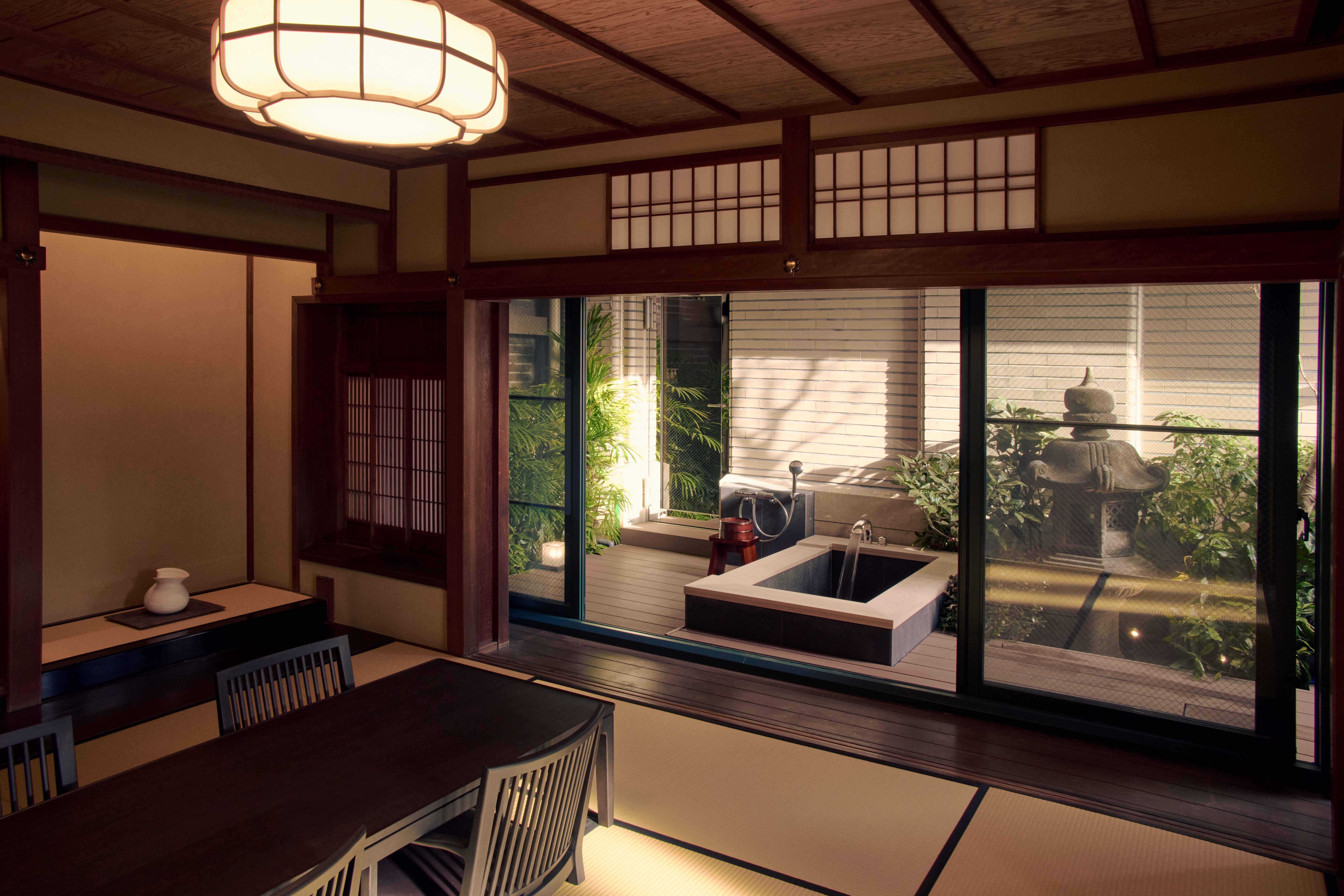
© Marufukuro
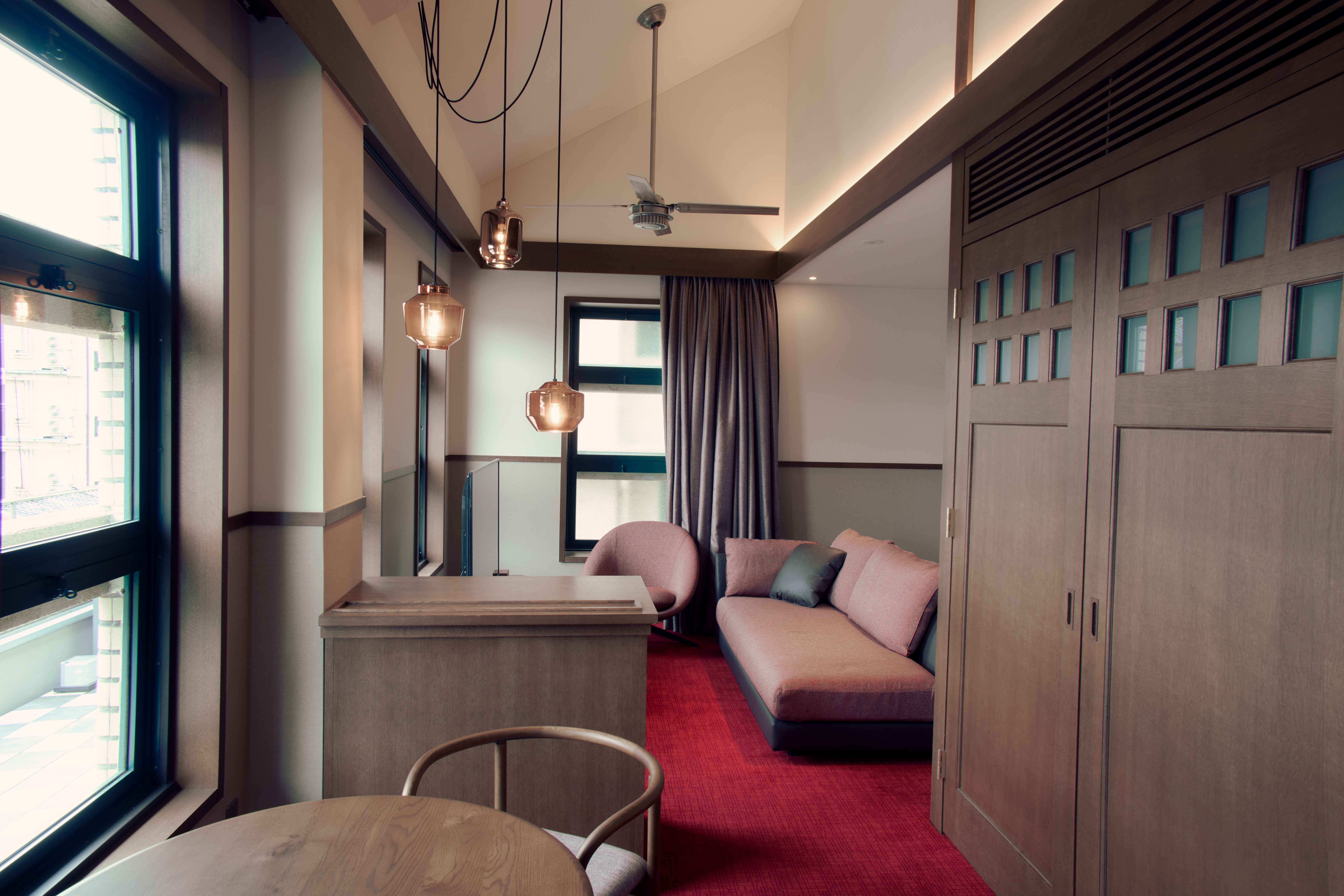
© Marufukuro
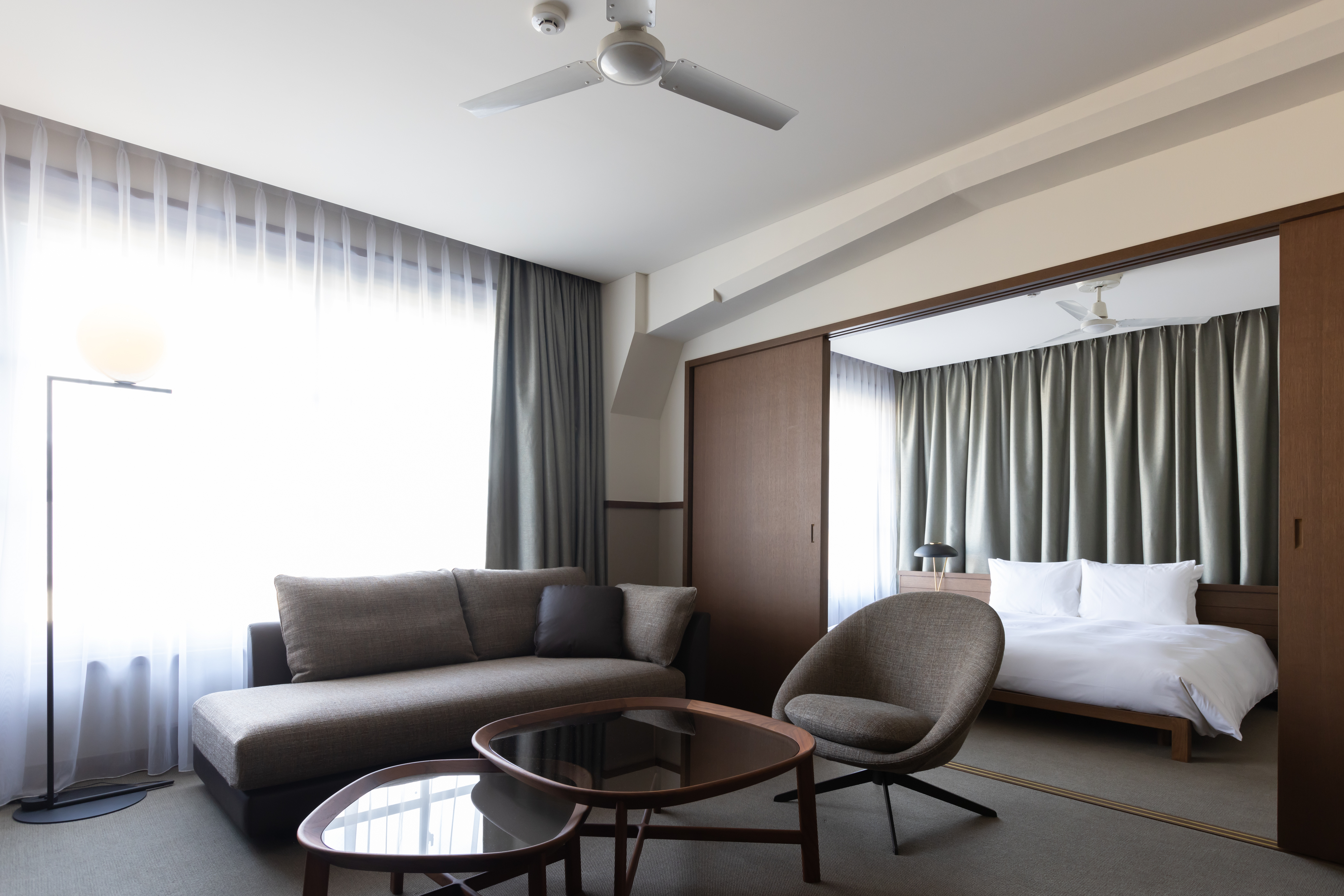
© Marufukuro
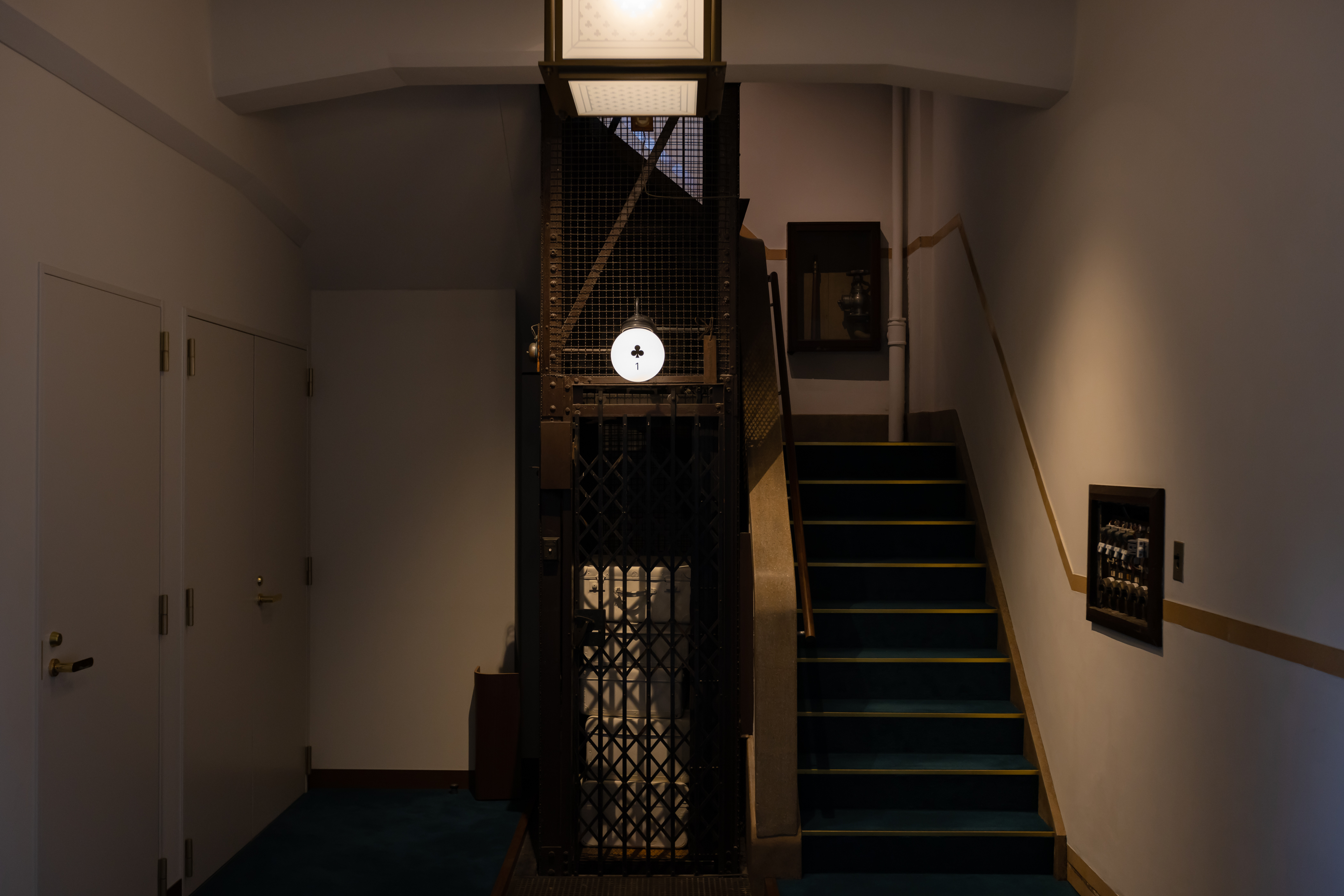
© Marufukuro
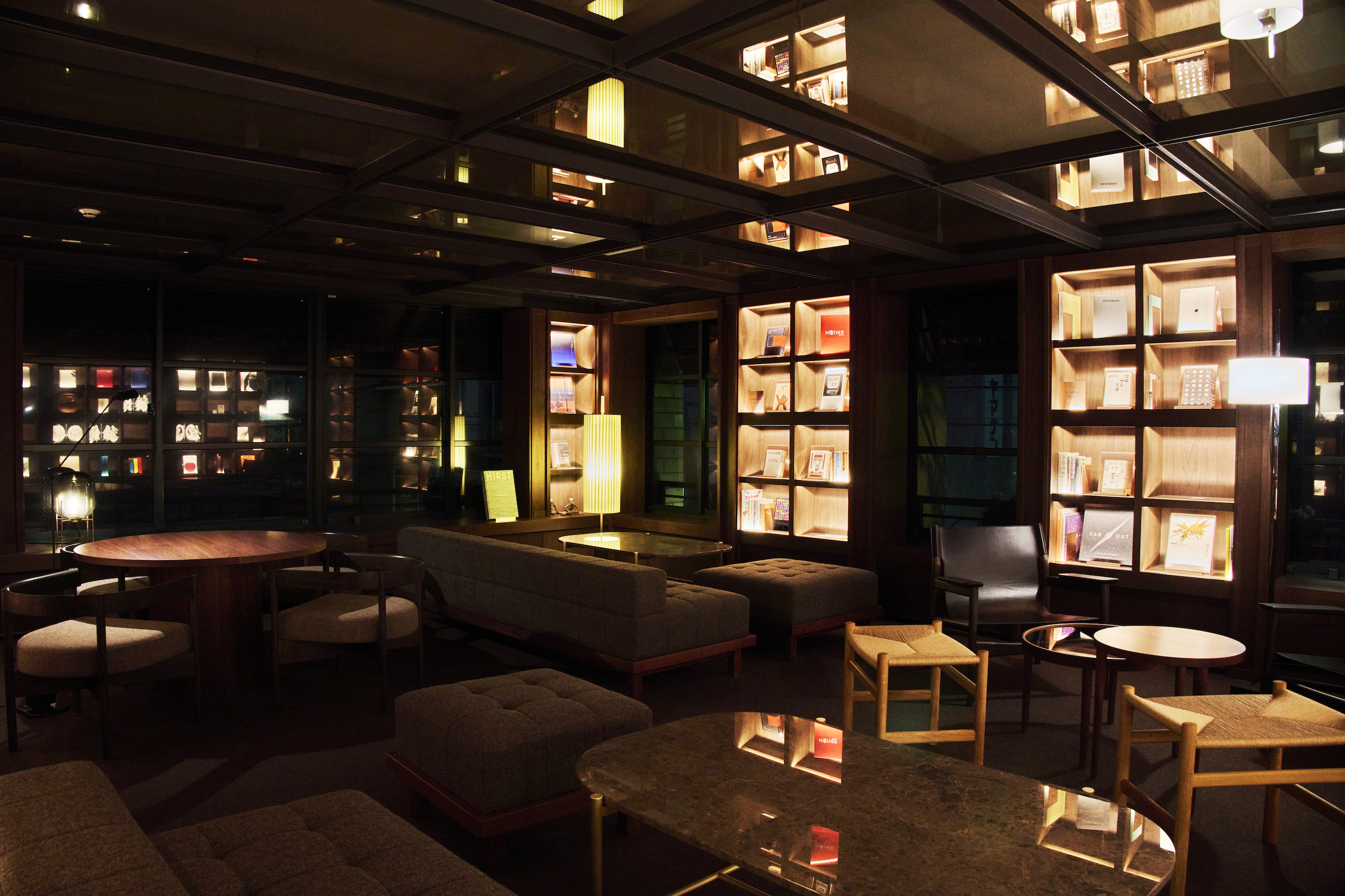
© Marufukuro
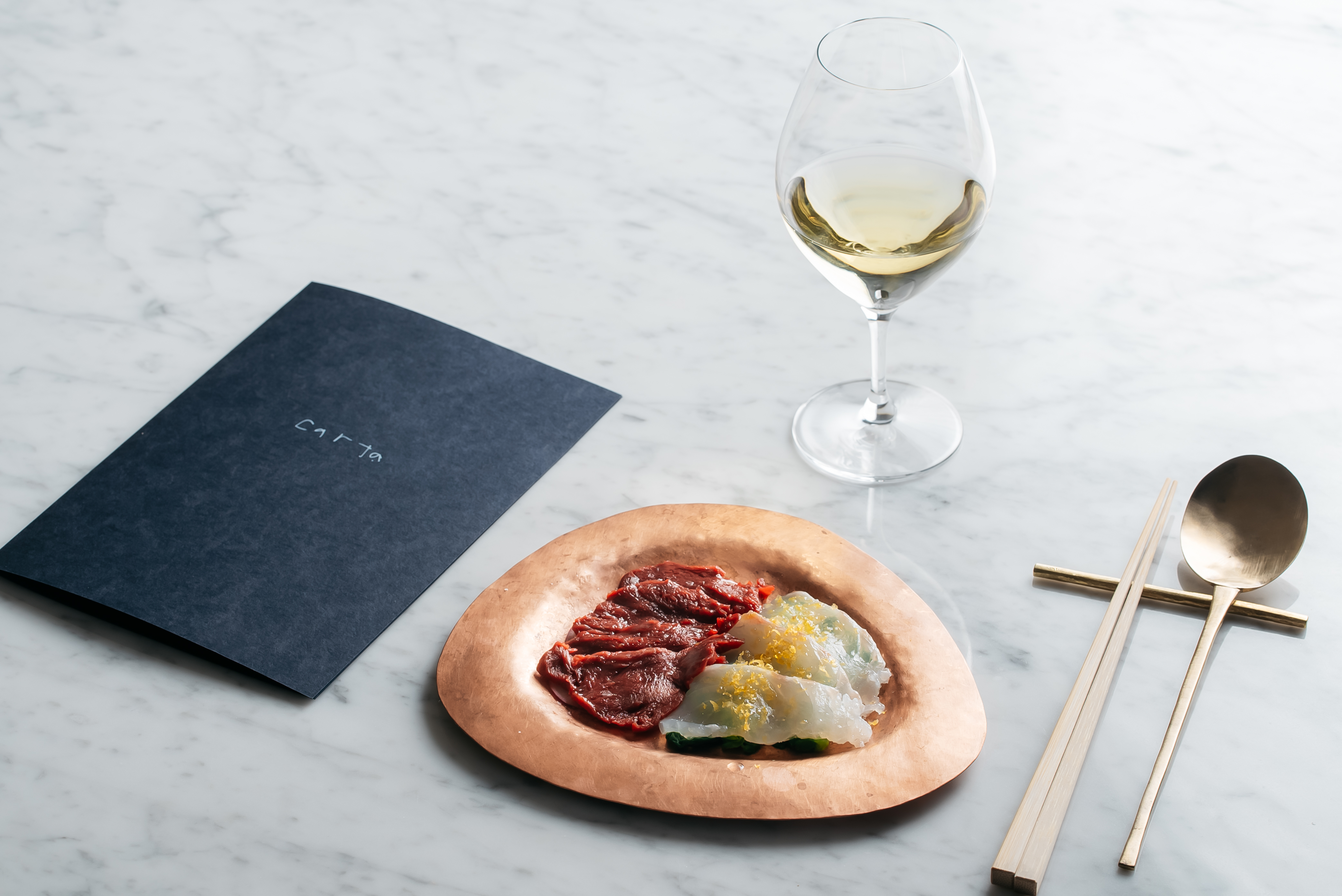
© Marufukuro
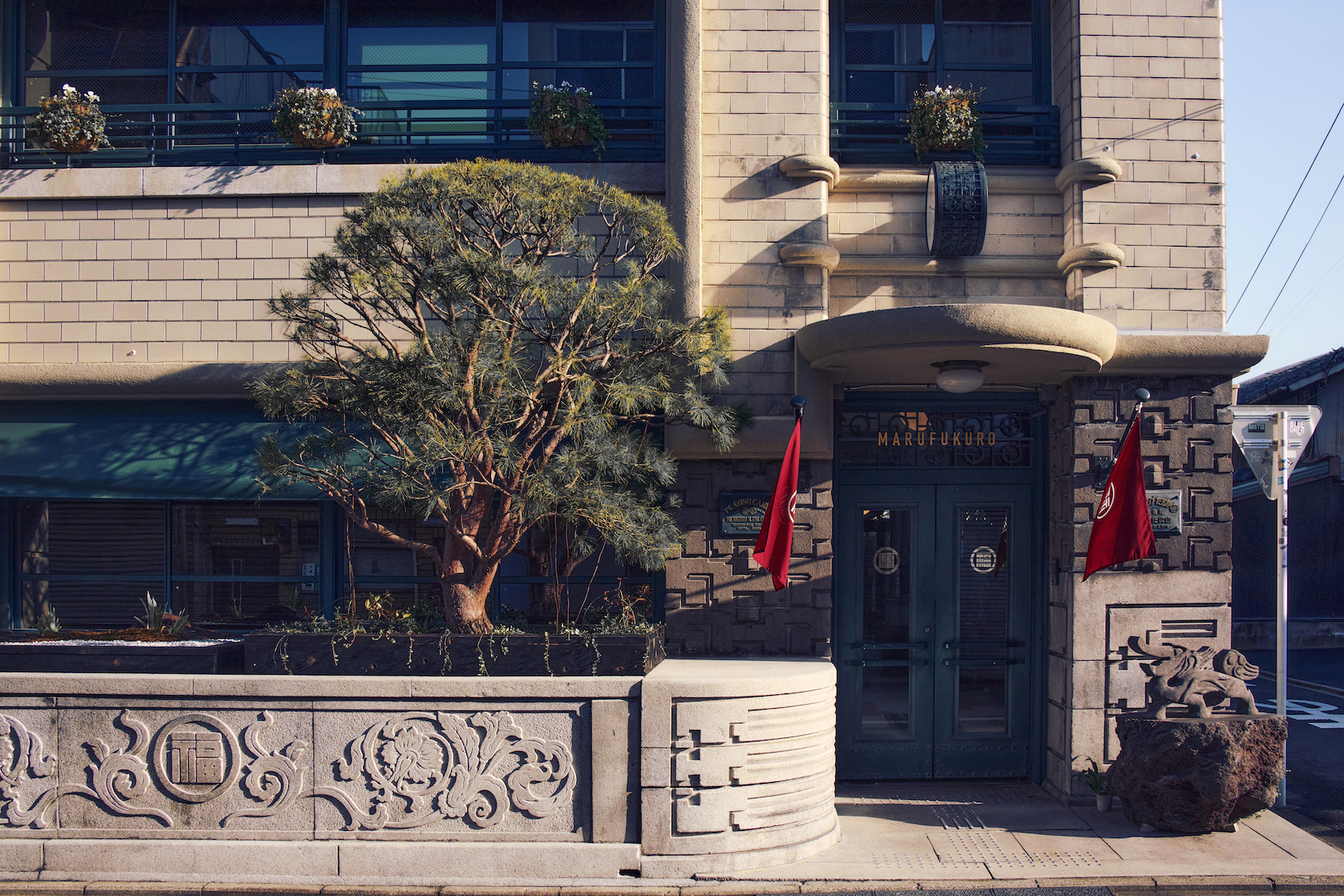
© Marufukuro
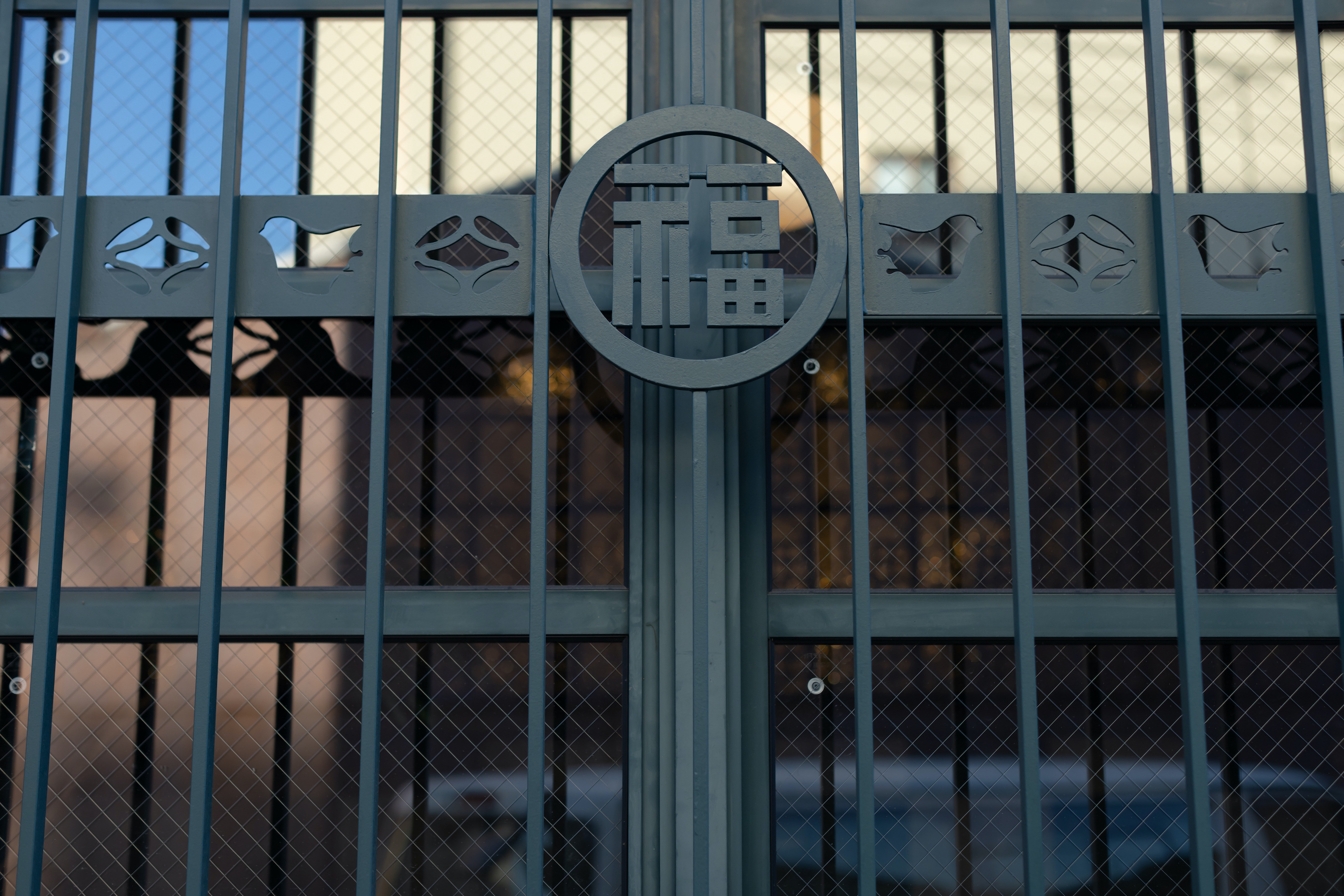
© Marufukuro
TRENDING
-
The Tattoos that Marked the Criminals of the Edo Period
Traditional tattoos were strong signifiers; murderers had head tattoos, while theft might result in an arm tattoo.

-
The Story of Sada Yacco, the Geisha who Bewitched Europe
Described by Dazed magazine as the first beauty influencer, she has been restored to her former glory since 2019.

-
Chiharu Shiota, Red Threads of the Soul
Last year, more than 660,000 people visited the retrospective 'Chiharu Shiota: The Soul Trembles' exhibit at the Mori Art Museum.

-
Japanese Left-field Pop From The CD Age, 1989-1996
‘Heisei No Oto’, a compilation of hidden gems in the unspoken depths of Japanese pop, reveal blissful moment of technological possibility.

-
‘Shojo Tsubaki’, A Freakshow
Underground manga artist Suehiro Maruo’s infamous masterpiece canonised a historical fascination towards the erotic-grotesque genre.




